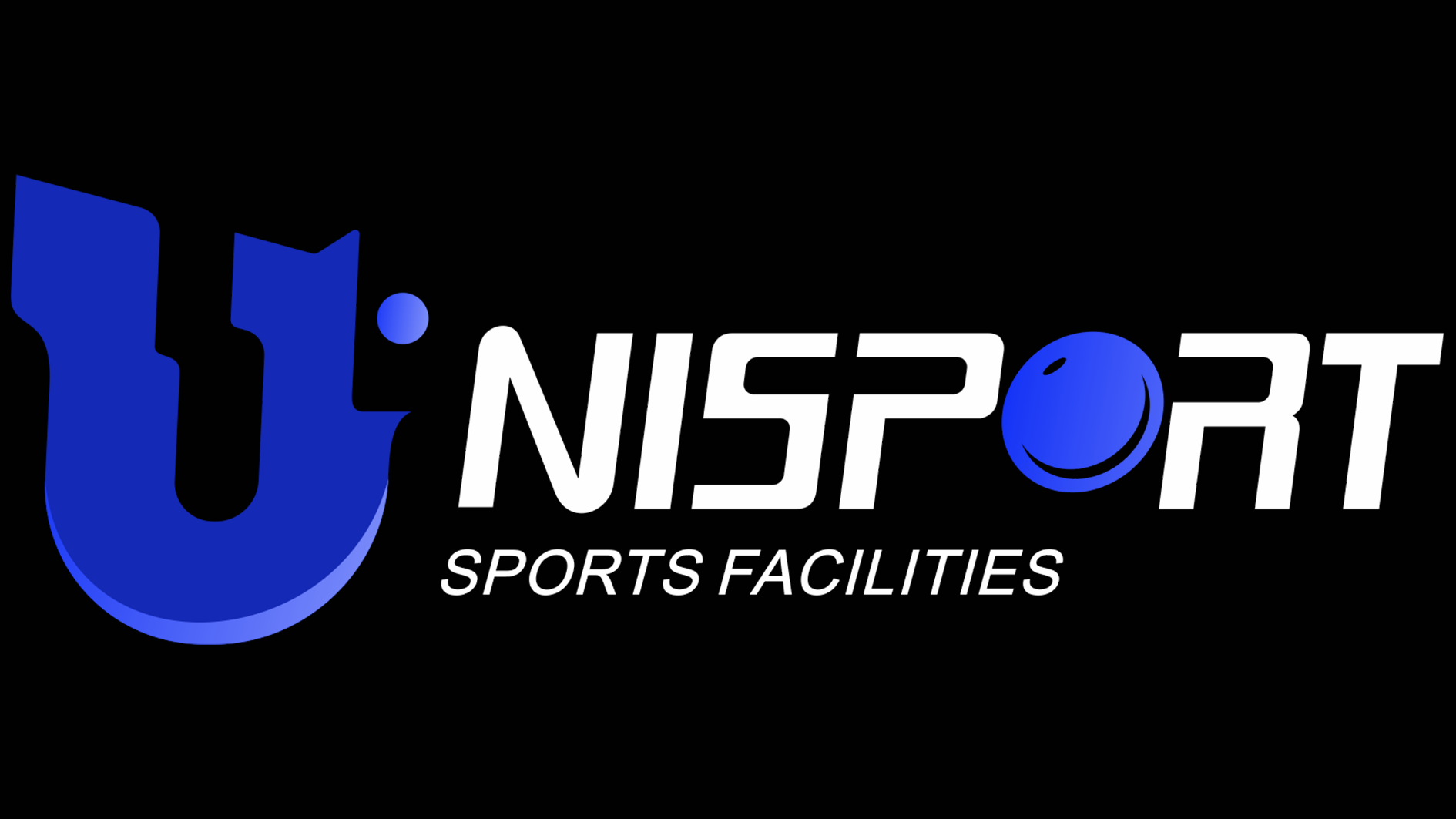Basketball Court
How to build your own basketball court?
1. Whether it is indoors or outdoors, it is the most correct choice to determine the floor material. After all, each customer needs to meet their own cost requirements, so that the installation will be a matter of course. If it is installed outdoors, we recommend pp interlocking tiles as the first choice. We are a professionally certified manufacturer of pp tiles. We supply many professional 3V3 and 5V5 competition floors.
2.The second is silicon PU or acrylic. These two floor materials need to be installed for about a week for an entire site. The integrity is very good, and they are environmentally friendly, non-toxic and non-polluting;
3.There are two main types of indoor floors, one is PVC , one is solid wood flooring. PVC currently has a very good price-performance ratio in indoor basketball flooring. After all, its surface has a variety of colors and textures, and its appearance is beautiful, and it is very environmentally friendly and wear-resistant. Solid wood flooring is dedicated to professional basketball game floors, and the overall cost will be more expensive.
but the integrity will be higher than that of PVC, and the overall maintenance needs to be frequent, but it is a green product, solid wood can also absorb and release water, sound insulation, heat insulation, warm in winter and cool in summer, etc. In fact, this depends on the customer's selection, and the construction plan can be formulated immediately. Generally, the construction of basketball courts is not too complicated.
but the integrity will be higher than that of PVC, and the overall maintenance needs to be frequent, but it is a green product, solid wood can also absorb and release water, sound insulation, heat insulation, warm in winter and cool in summer, etc. In fact, this depends on the customer's selection, and the construction plan can be formulated immediately. Generally, the construction of basketball courts is not too complicated.
After construction, we still need to use venue facilities other than basketball. Like retractable grandstand seats, LED lights, basketball hoops, etc. GZUNISPORT provides these products to customers as a set, depending on individual needs. The facilities needed to maintain a full basketball court above are indispensable.
What is the best floor for a basketball court?
During the consultation period, many customers actually had feedback that they were more entangled in choosing which basketball court floor to choose. In fact, each type has its own advantages, and it needs to be decided according to the customer's cost, whether it is outdoor or indoor. Pp interlocking tiles is the first choice for outdoors. Its stability, durability and ease of cleaning are two reasons why many people choose it. It has many successful cases here and can be customized; and if you choose cost-effective PVC flooring indoors, the overall Good elasticity, environmental protection, easy to clean, and moderate cost.
What floor is best for playing basketball?
Professional basketball games basically use hard maple floors. This kind of floor is most suitable for playing basketball and has high maintenance costs. It is very green, environmentally friendly, breathable, and has strong wear resistance. Of course, basically investors will not choose it. Like pp interlocking tiles, which can be used both indoors and outdoors, it is the first choice of many customers. After all, the cost is not high, it can be disassembled and assembled at one time, and it is suitable for any foundation.
What is the best material for an outdoor basketball court?
Now it is definitely the choice of pp tiles with the highest cost performance. It is an officially designated outdoor basketball floor, green and environmentally friendly, 40% shock-absorbing, the surface wear-resistant layer meets official standards, can be installed and disassembled at any time, and can be customized. We are a professional exporter of pp interlocking tiles.
How long does a basketball floor last?
More customers in the market actually prefer pp tiles and PVC. These two types of floors are in line with most of the consumption capacity of indoor and outdoor basketball courts, and generally speaking, the service life can be more than ten years, and it can even last for about 15 years if they are well maintained. They are very durable and environmentally friendly materials.
More customers in the market actually prefer pp tiles and PVC. These two types of floors are in line with most of the consumption capacity of indoor and outdoor basketball courts, and generally speaking, the service life can be more than ten years, and it can even last for about 15 years if they are well maintained. They are very durable and environmentally friendly materials.
Basketball Court
1
Hot Products









